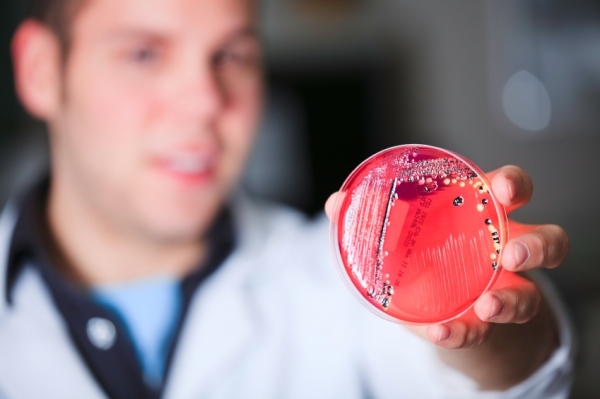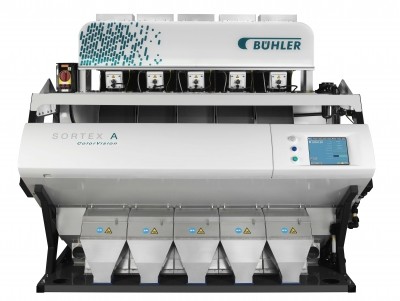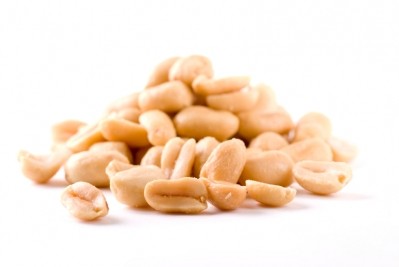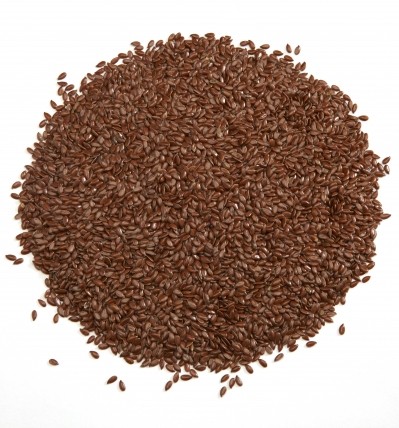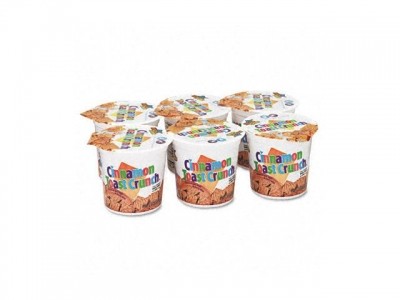Dispatches: Campden BRI Snacks Technology Conference
Safe snack NPD: Microbial risks must be considered, warns expert

Joy Gaze, deputy head of microbiology at Campden BRI, said low moisture snacks were historically associated as low-risk foods, but the rapid rate of new product development was changing that.
“You have very well established snacks which have process records, but as the sector develops to appeal to the wider audience – maybe adding ingredients and making the product more complex - from a microbiological point of view, it’s a new concept to understand the whole of that product,” she told BakeryandSnacks.com at Campden BRI’s Snacks Technology conference in the UK this week.
“It’s really about looking at these risks from the point of view of the developers - if something is different or has not necessarily been proven before. It could be a particular heat treatment or adding ingredients, a garnish or roasting and toasting, for example.”
Gaze said suppliers would have already carried out plenty of testing but product makers had to monitor the microbiological impact during manufacturing of the final product when all the ingredients and processes were brought together.
Validation steps vital
She said companies could easily implement assessment and validation steps using surrogate organisms to monitor microbial risks in products.
When doing so, she said moisture fluctuations and the orientation of the food product during processing would be particularly vital to look at.
“Moisture fluctuations and changes are very, very important for snack foods. For example, if you do have a change of moisture content in the center of the product; if it’s something with a crispy outer and moist center, then organisms are able to survive in certain parts better than others,” she explained.
“Similarly, the orientation of the foods product is important for validations – is it a batch process or a continuous flow? Is the snack exposed to heat in a uniform way?”
Manufacturers should be looking at the ‘worst case scenario’ or most severe conditions when monitoring these surrogate organisms, she said.
Salmonella the biggest scare
For snack makers, Gaze said salmonella was the microorganism to pay most attention to.
Data from the European Rapid Alert System between 2010 and 2014 indicated a number of salmonella contaminations that could have impacted snacks – four in cereals, 62 in nuts and seeds and 70 in herbs and spices.
“With low water activity foods, salmonella generally is your key target,” she said.
She explained to conference attendees that microorganisms like salmonella had the ability to resist very high temperatures.
“From a simplistic point of view, moist conditions make the organism much more sensitive and therefore it’s very easy to destroy. But, as the moisture is drained off or there is less moisture, the heat resistance goes up.”
She said in complex snack foods that contained a vast array of ingredients like fat, salt, carbohydrates and protein, this heat resistance increased significantly.
“I know there is a huge wealth of very stable products, but you’re being asked to develop more novel ones, with extra flavorings and extra ingredients. My plea is please be aware that added complications will make your validations even more demanding,” she said.
